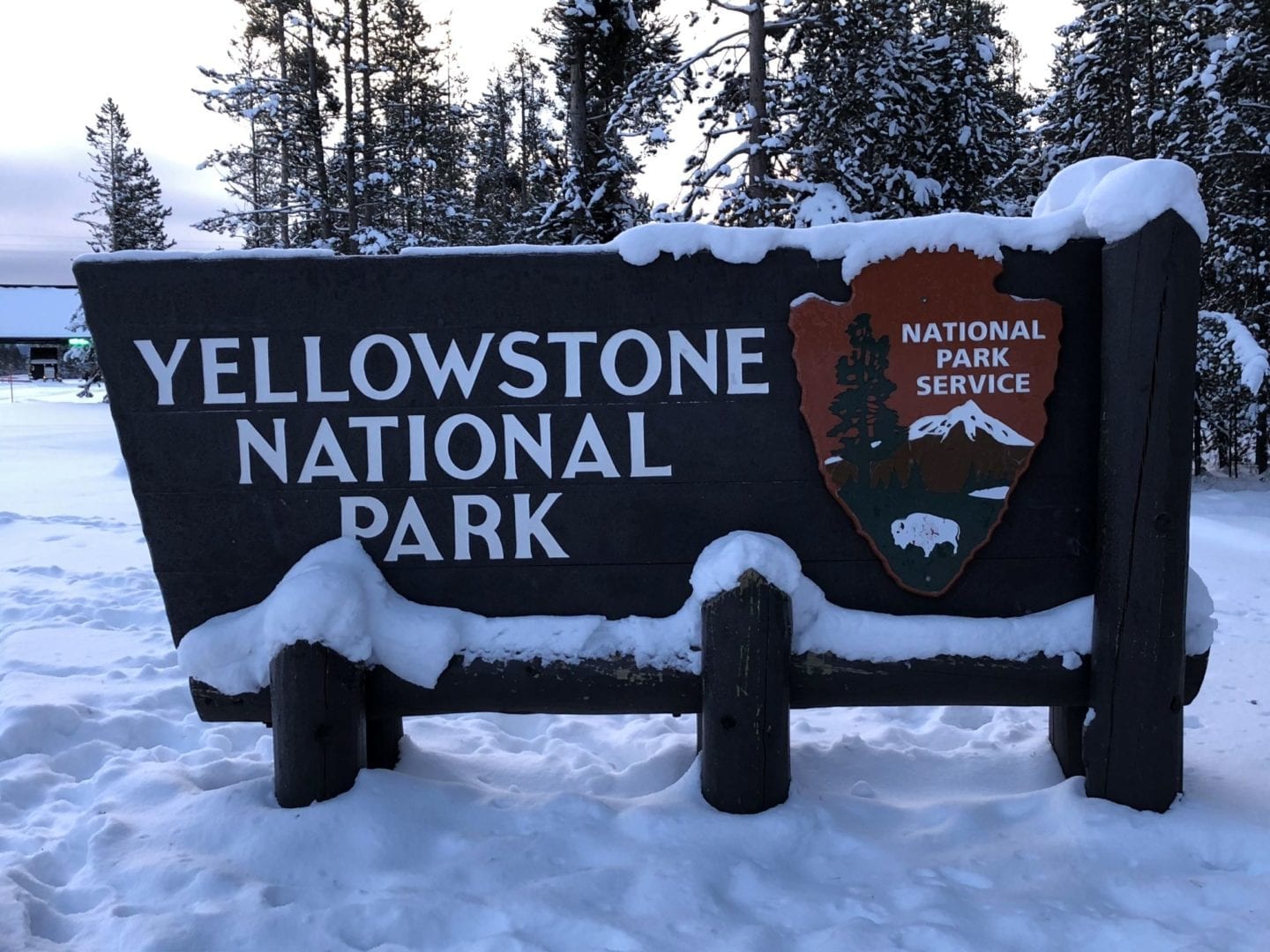The establishment of America’s first national park in 1872 piqued the curiosity of many. Yellowstone was known as a land unlike any other, full of majestic views, varied wildlife, and mysterious water features. People began making their way to visit the wonderland, travelling cross-country by train and touring on stagecoaches through the park.
Union Pacific Passengers Arriving in West Yellowstone
In early 1905, E.H. Harriman of Union Pacific Railroad visited the park and it did not take long for him to see a great opportunity. Immediately upon returning from his trip, Harriman authorized Oregon Short Line Railroad to conduct surveys and prepare estimates for a railroad line to Yellowstone’s west boundary. Construction of the line began in the fall of 1905 and reached the boundary of the park in November of 1907. The section of the line closest to the park crossed through what was then known as Madison National Forest, established as Madison National Reserve in 1902 and now, after many boundary changes, known as Custer Gallatin National Forest.
Regularly-Scheduled Passenger Service
Through 1960, thousands of passengers rode on the Yellowstone Special or later the Yellowstone Express trains each summer season. Following the 1960 season, some limited service (primarily freight service) continued through the 1970s. The properties in the town were deeded over to the newly-incorporated Town of West Yellowstone and have served the community in a variety of ways since then. In 1983, the area encompassing Union Pacific’s former properties was designated as the West Yellowstone Oregon Shortline Terminus Historic District. The land and properties used by the railroad outside of city limits were returned to the forest service with the local branch then known as Gallatin National Forest. The tracks were torn up leaving only a path along the forest floor.
Regularly-scheduled passenger service to the west entrance started on June 11th, 1908 and a community was born centered around the railroad. After hearing of the arrival of the railroad, a few adventurous entrepreneurs applied to lease land through the forest service and established the first businesses in the area in 1908, which were aimed at accommodating tourists. Over the next two decades, Union Pacific built several structures in the community, including the 1909 Depot and the 1925 Union Pacific Dining Lodge.
Union Pacific Buildings in the West Yellowstone Historic District
Even decades after abandonment, the route of the railroad is still evident, but, to many, the history and stories are unknown. Many people hike and bike the path, crossing through rivers and balancing over plank bridges while making their way to Reas Pass near the Montana-Idaho border. For years, people have longed to see the path converted into a designated trail, one that is user-friendly with a special focus on the community. In 2019, with the help of a generous challenge grant and the newly-established partnership between Custer Gallatin National Forest and Yellowstone Historic Center, the project finally found the momentum it needed to move forward.
Riders on the Trail
The committee behind the project is made up of a team of individuals and stakeholders who have joined together for the purpose of finally fulfilling the dream of transforming the abandoned railroad bed into a world-class, hiking-biking trail which will be known as the Yellowstone Shortline Trail. The ultimate goal is to provide West Yellowstone’s residents and visitors with a sustainable, healthy, and authentic way to experience the region’s unique environment and history.
Montana Section
The future Yellowstone Shortline Trail will be approximately 9-miles in length and will follow the historic route of the Oregon Short Line Railroad from the Montana-Idaho border at Reas Pass into the heart of West Yellowstone, MT ending in the historic district near the depot which now houses the Museum of the Yellowstone. The trail will be a 10-foot wide path with a compact gravel surface and several bridges and will include amenities such as pavilions, benches, and interpretive signage highlighting local history. Once completed, visitors and residents will be able to experience the historic route of the railroad in a way that promotes local tourism and businesses, strengthens public health, improves quality of life, and encourages learning about the past.
For more details and ways to support this project please visit https://yellowstoneshortlinetrail.org/
AUTHOR: Yellowstone Shortline Trail Committee
